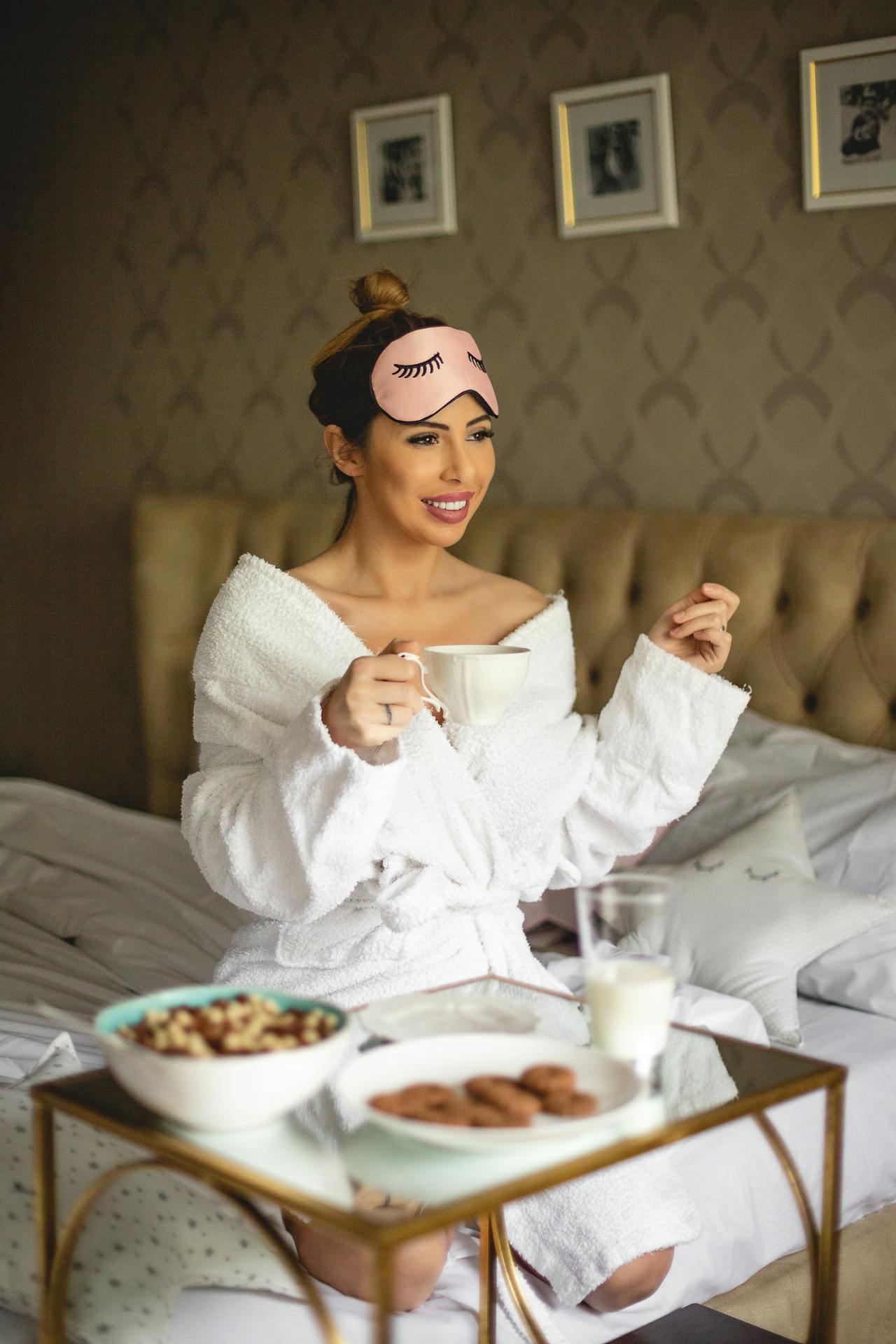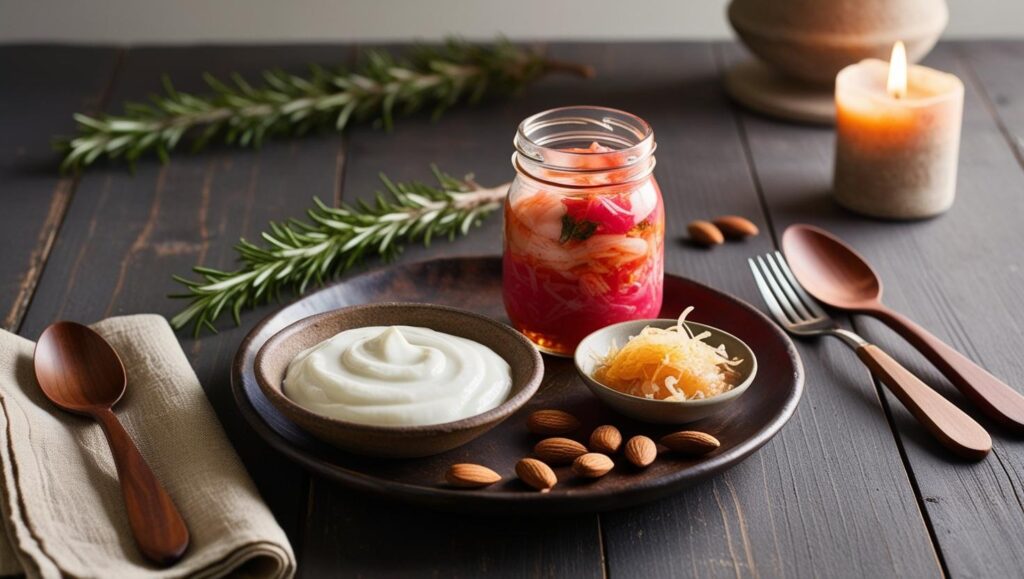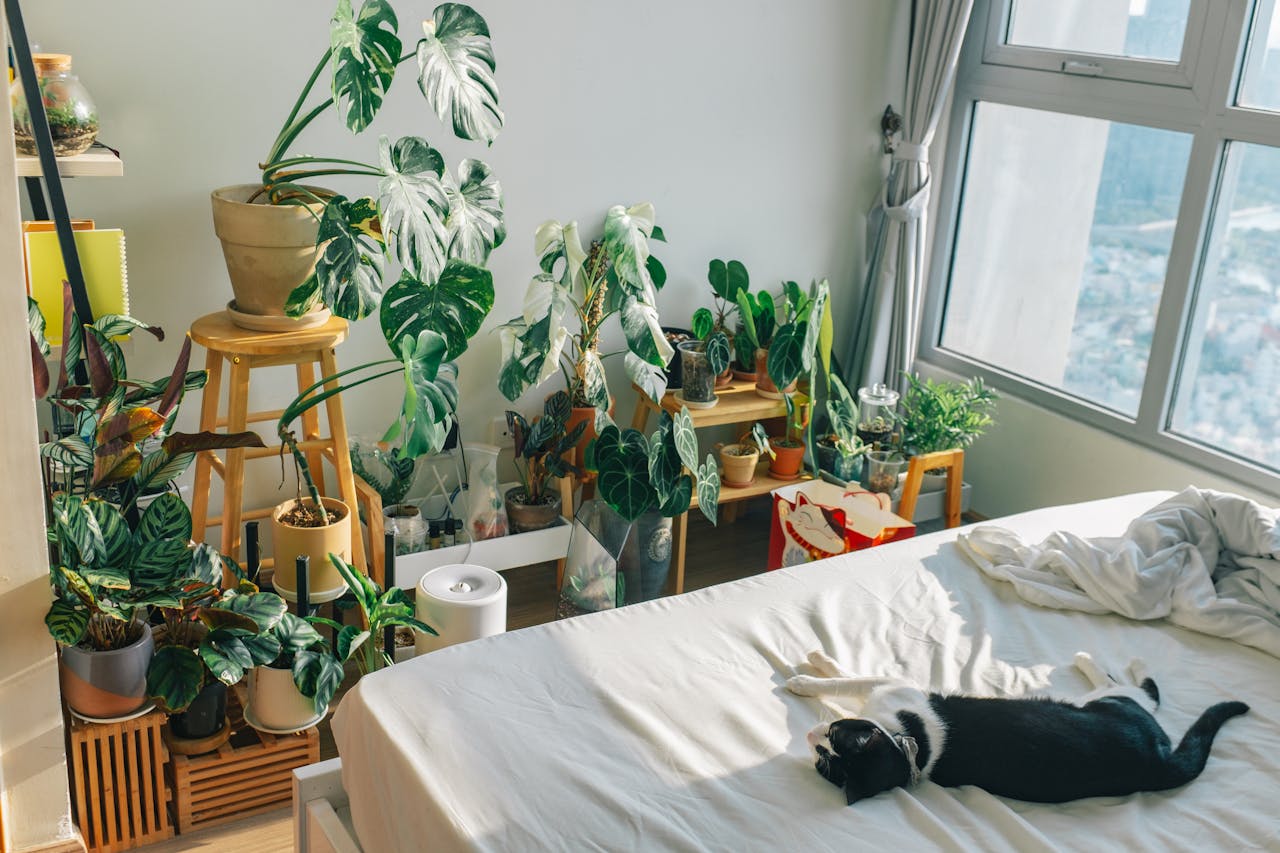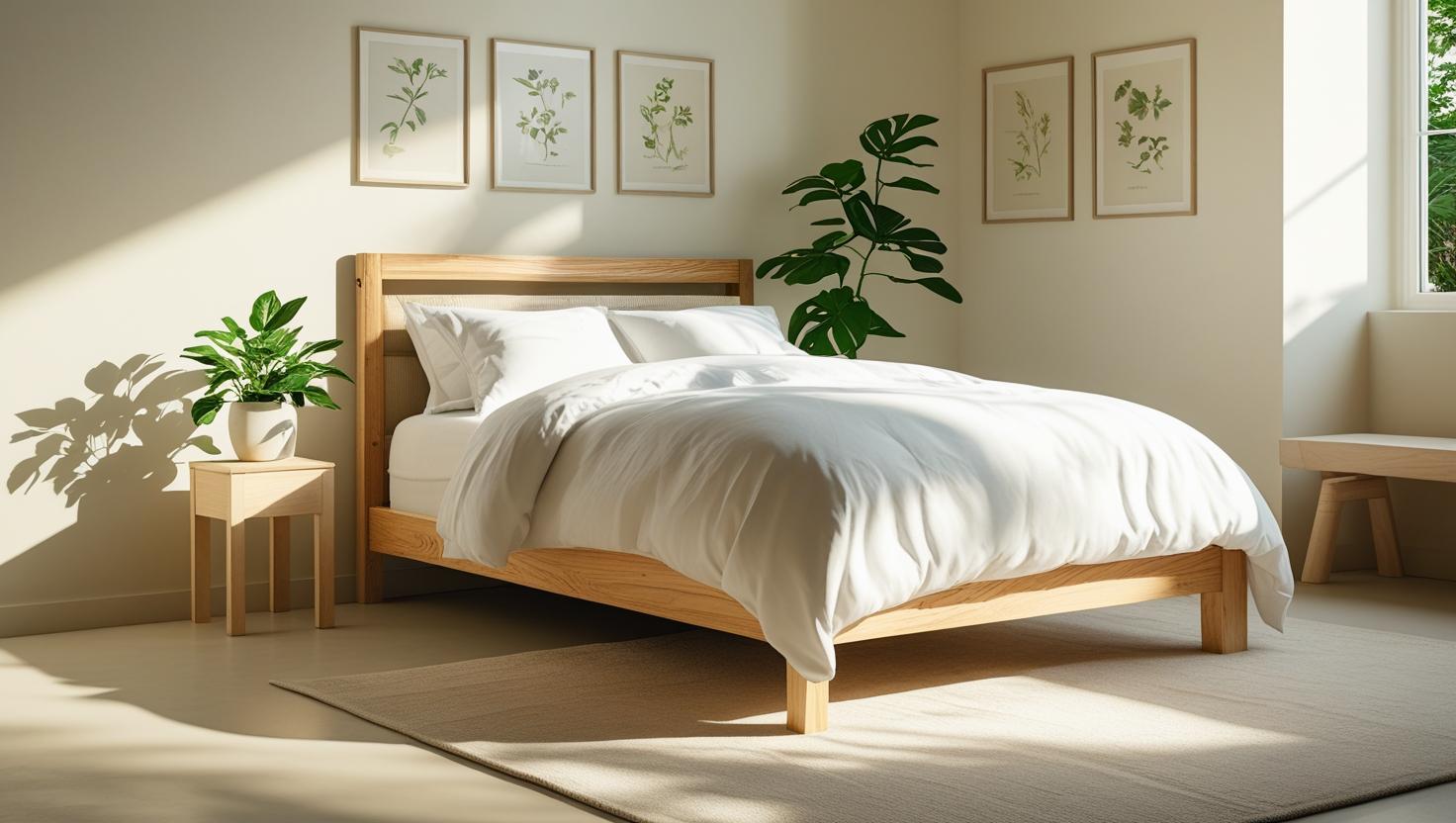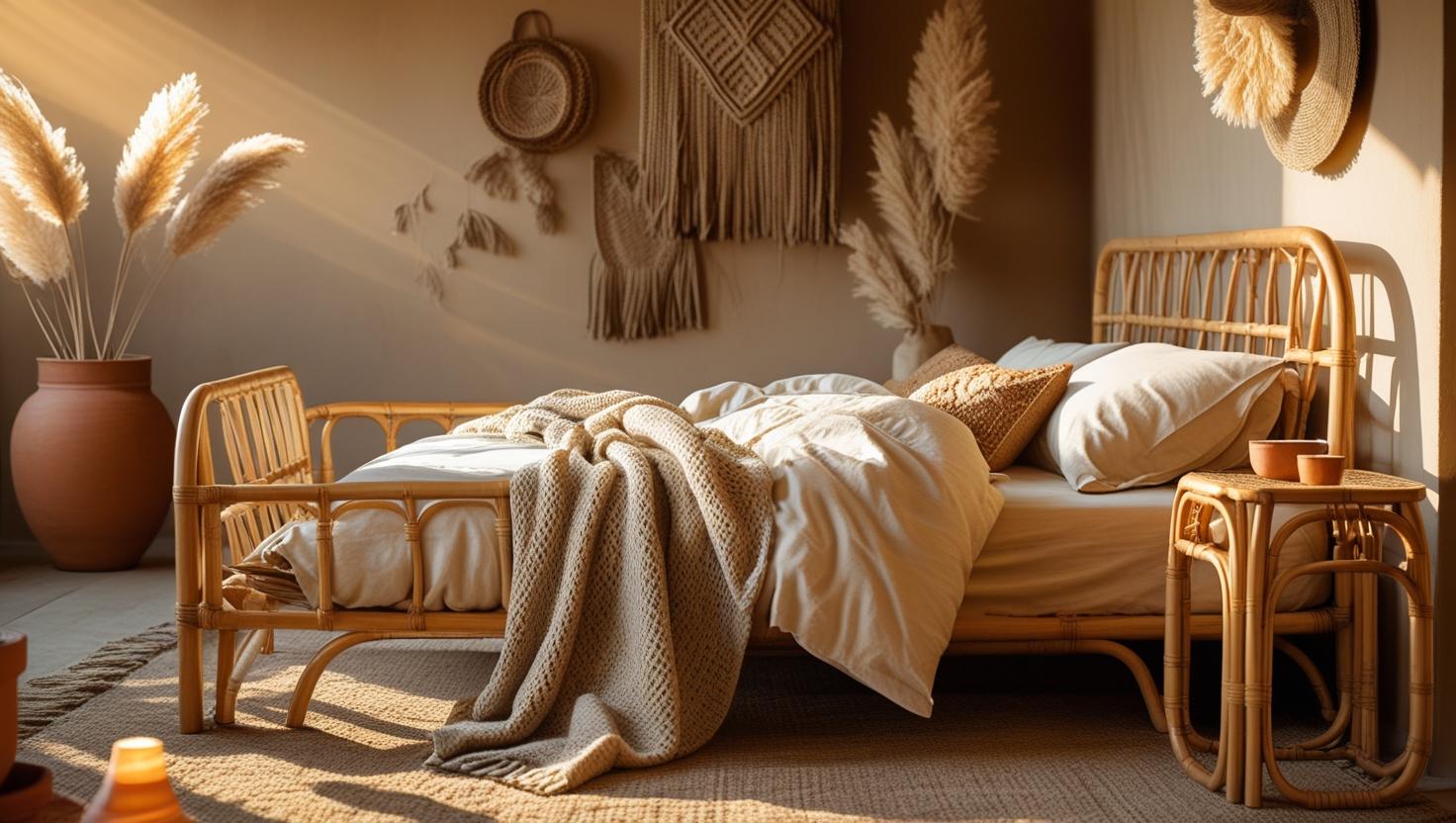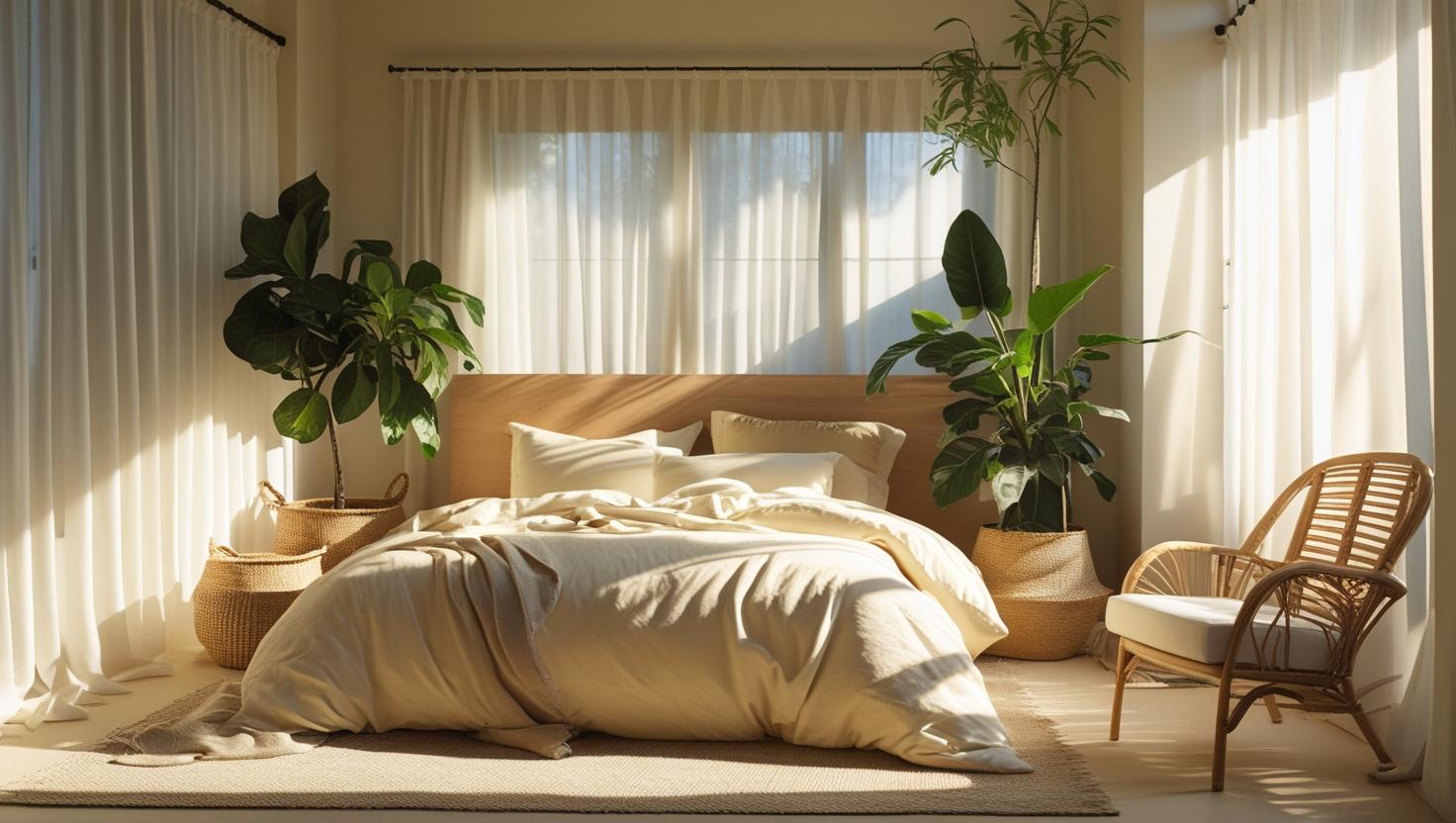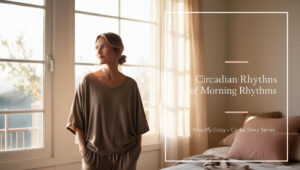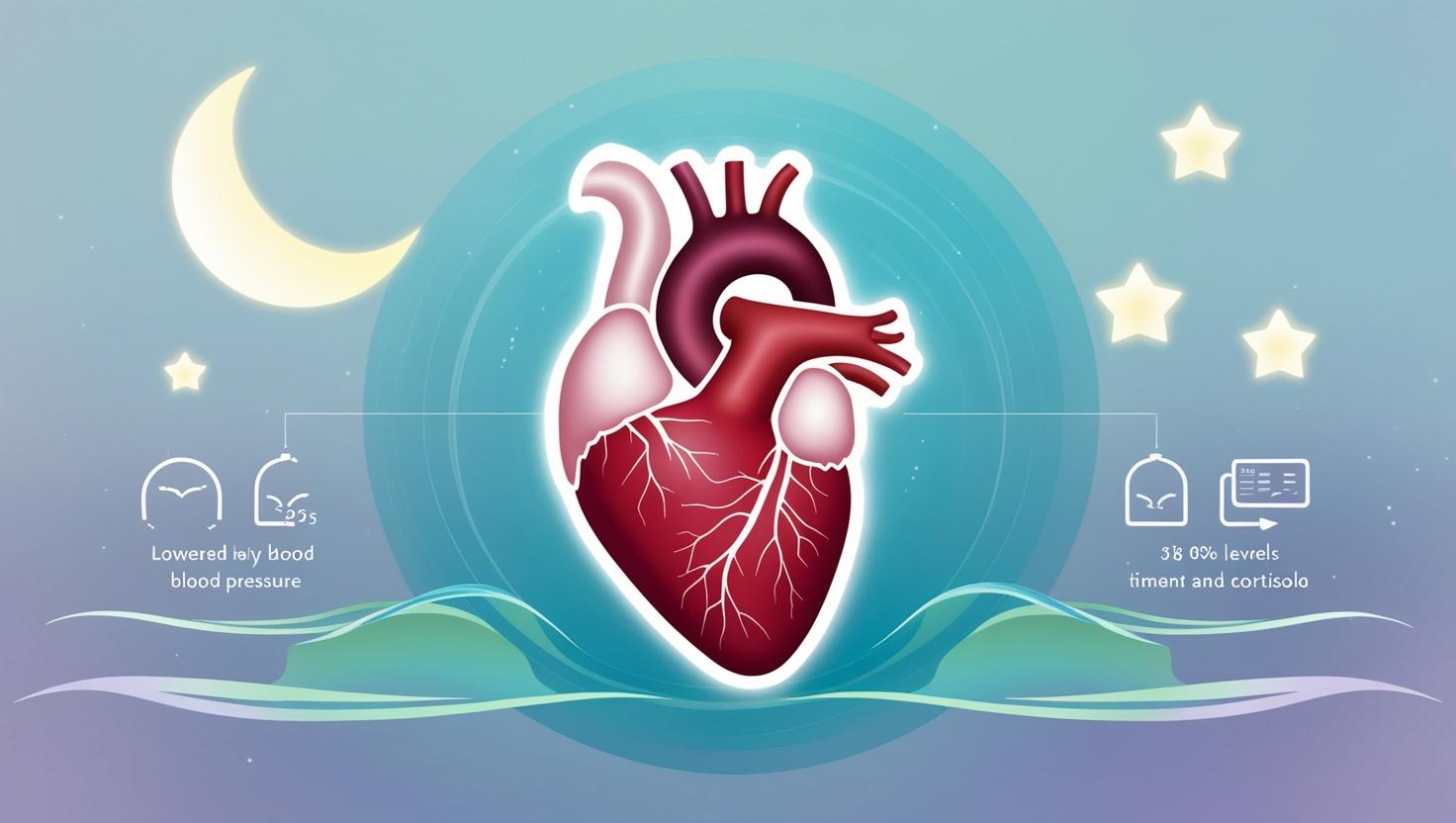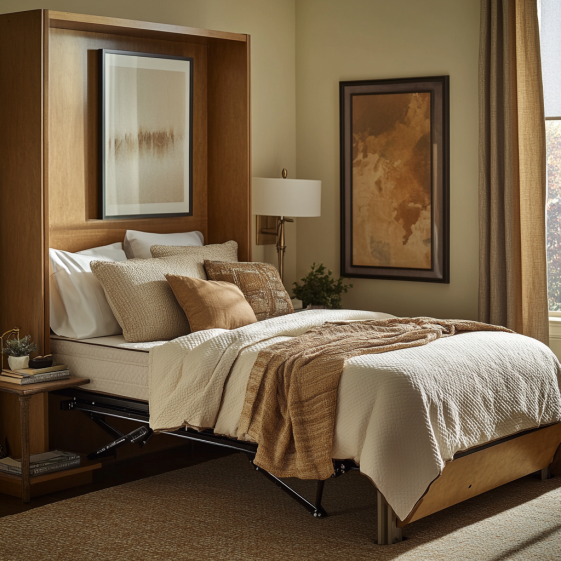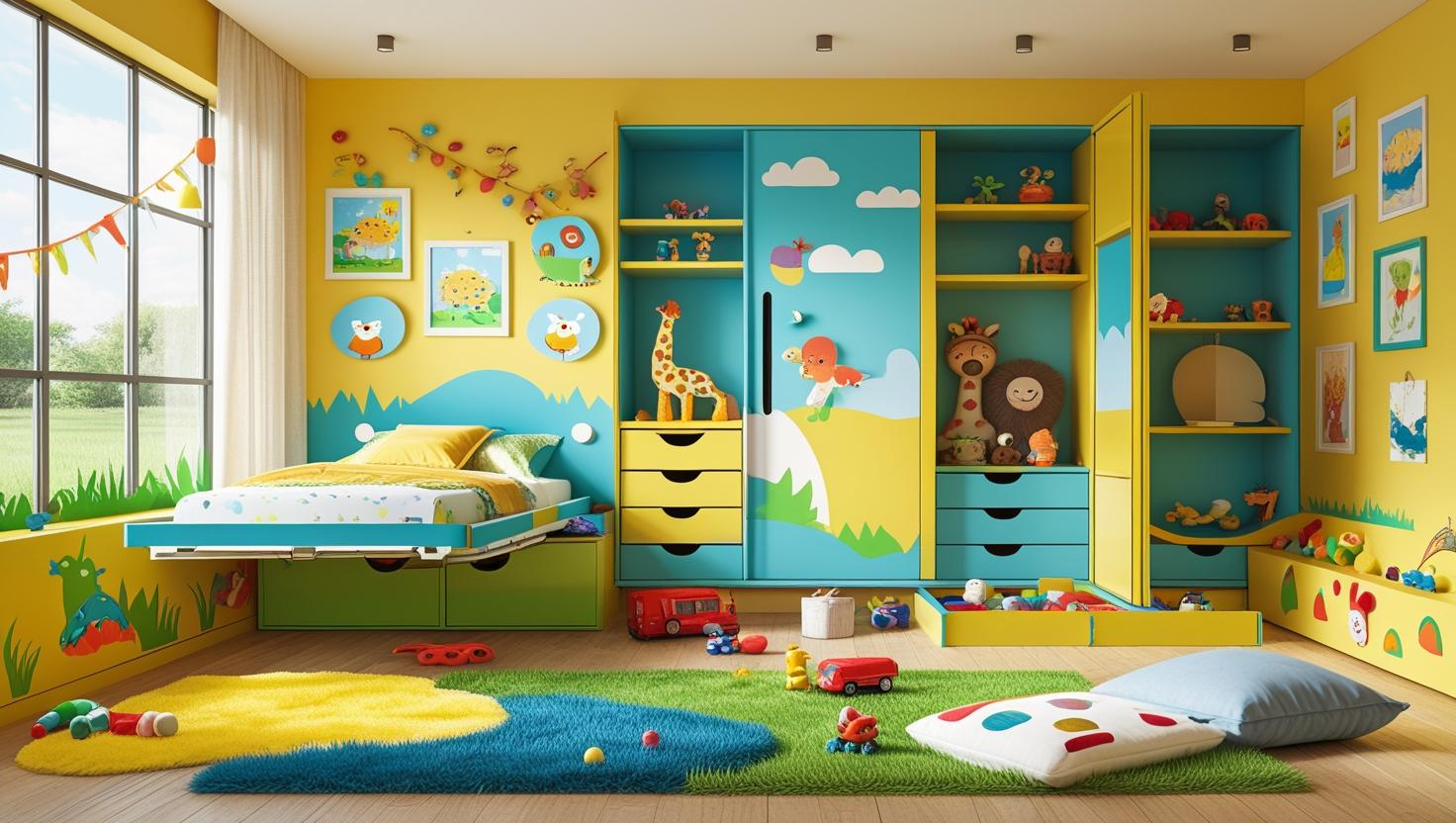Sleep Athletic Performance: Your Complete Guide
Want faster recovery, fewer injuries, and sharper reactions? Prioritize sleep athletic performance.
Aim for 8–10 hours most nights (plus strategic naps), protect deep and REM sleep, and use simple routines and tech to
lock in consistent, high‑quality rest. Do this and your training and nutrition finally convert into results.
Key Takeaways on Sleep Athletic Performance
- Sleep is training. Deep and REM stages drive muscle repair, learning, and reaction speed.
- Targets: Recreational 7–9 hrs; competitive 8–10; elite 9–12, plus short power naps when needed.
- Consistency wins: Same sleep/wake times beat “catch‑up” weekends for sleep athletic performance.
- Environment matters: Cool, dark, quiet rooms accelerate recovery and improve HRV.
- Fuel and timing: Light protein‑forward snacks pre‑bed can support overnight muscle repair.
- Cut late stimulants: Caffeine/alcohol blunt deep sleep and slow gains.
Ever feel like you’re crushing your workouts but still not seeing the results you want? Here’s the thing: your training and healthy eating will not deliver results if your sleep quality is poor. Yep, it’s true — sleep athletic performance reaches its peak when you treat your rest time just as seriously as your gym time. Quality sleep isn’t just a nice-to-have; it’s absolutely essential for muscle recovery, injury prevention, and both physical and mental sharpness.
Let’s break it all down and figure out how you can boost your sleep athletic performance starting tonight.
Why Sleep Matters So Much for Sleep Athletic Performance
Answer first: Sleep powers recovery by repairing muscle, balancing hormones, and restoring your nervous system—core drivers of sleep athletic performance.
Your body is like a factory at night — repairing, rebuilding, and resetting. During deep rest, it repairs muscles, balances hormones, and recharges your nervous system. All these behind-the-scenes actions are vital for next-level sleep athletic performance.
Big Benefits of Great Sleep for Sleep Athletic Performance
Answer first: Better sleep = faster healing, lower stress, sharper focus, and stronger immunity.
- Increased Growth Hormone Levels: Helps muscles heal faster
- Reduced Cortisol Levels: Fights off that overtraining burnout
- Better Focus & Faster Reflexes: Super important for making quick decisions during games
- Stronger Immune System: Keeps you off the sidelines and in the game
Need a deeper dive? Check out Athletic Performance and Sleep – Sleep Foundation for expert insights.
How Poor Sleep Wrecks Your Sleep Athletic Performance
Answer first: Skimping on sleep slows reaction time, saps endurance and strength, and raises injury risk.
Think you can out-train bad sleep? Think again. Skimping on rest directly hurts your training results.
Here’s How Lack of Sleep Hurts Sleep Athletic Performance
Answer first: Less sleep means slower, weaker, and less focused—period.
- Slower reaction times (not great if you need to dodge, sprint, or catch)
- Lower endurance and reduced strength output
- Decreased motivation and focus
- Higher risk of nagging overuse injuries
Don’t just take my word for it. Good Sleep Improves Youth Athletic Performance – University Hospitals explains why even younger athletes need to prioritize sleep.
How Much Sleep You Actually Need for Peak Sleep Athletic Performance
Answer first: Most athletes thrive between 8–10 hours; more volume or stress may push needs higher.
- Recreational Athletes: 7–9 hours a night
- Competitive Athletes: 8–10 hours
- Elite Athletes: 9–12 hours
Feeling super drained after an intense workout? Power naps (20–30 minutes) can give your sleep athletic performance a solid boost without messing with your nighttime sleep.
The Two Sleep Stages That Matter Most for Sleep Athletic Performance
Answer first: Deep sleep rebuilds the body; REM sleep rewires the brain for skill and strategy.
Deep Sleep
Answer first: This is your repair shop—where muscle recovery and growth hormone peak.
- Where most muscle repair happens
- Big release of growth hormones
REM Sleep
Answer first: This is your skills lab—where coordination, memory, and playbook learning lock in.
- Fine-tunes neuromuscular coordination
- Helps you remember new plays, techniques, or strategies
Want to unlock even more rest hacks? Check out The Ultimate Sleep Hack – CozyBedQuarters!
How Sleep Supercharges Your Brain for Sleep Athletic Performance
Answer first: Quality sleep sharpens decisions, speeds learning, and reinforces memory—clutch on game day.
Mental Benefits of Prioritizing Sleep Athletic Performance
Answer first: Expect quicker calls, cleaner technique acquisition, and better retention.
- Quicker, sharper decision-making
- Easier learning of new complex skills
- Stronger memory retention (hello, playbook!)
Neglect your sleep, and you might end up making dumb mistakes during the game, even if your body feels ready. No one wants that.
Easy Ways to Improve Your Sleep for Athletic Excellence
Answer first: Lock in a routine, optimize your room, fuel smart, skip late stimulants, and use tech wisely.
Set a Steady Sleep Routine for Maximum Recovery
Answer first: Same bedtime/wake time trains your body to recover more efficiently.
Going to bed and waking up at the same time every day trains your body to recover more efficiently.
Create a Sleep-Friendly Space
Answer first: Cool, dark, and quiet rooms deepen sleep and speed recovery.
Make your bedroom cool, dark, and quiet to encourage deeper sleep. (Think of it like giving your body a 5-star spa retreat every night.)
Want more pro tips? Peek at Sleep Like a Pro!
Eat Smart to Sleep Smart
Answer first: Light protein + carbs pre‑bed can support overnight muscle repair without heaviness.
Having a light snack, like cottage cheese and fruit, before bed can help muscles repair overnight without feeling heavy.
Check out 10 Sleep Hacks Every Athlete Needs for more yummy ideas!
Cut Out Evening Stimulants
Answer first: Avoid late caffeine and alcohol to protect deep sleep quality.
Sorry to say, but late-night coffee and happy hours can wreck your deep sleep. Stick to water or herbal teas instead.
Use Tech Wisely
Answer first: Thoughtful use of sound and trackers can help you measure and improve sleep trends.
White noise machines or smart sleep trackers can make a huge difference in understanding and improving your sleep patterns. More on this at Sleep Science & Technology.
Times You Should REALLY Prioritize Extra Sleep
Answer first: After big sessions, during competition, with jet lag, or when sore/foggy—sleep more.
- After tough or long training sessions
- During competitive seasons
- When you’re adjusting to a new time zone
- If you’re feeling super sore or mentally foggy
Need quick solutions? Try some Genius Sleep Fixes.
And if you’re battling full-blown insomnia? Say Goodbye to Insomnia has got your back.
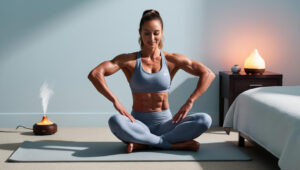
FAQ
Answer first: Quick answers to common questions about sleep athletic performance.
- What’s the fastest way to improve sleep athletic performance?
- Set a consistent bedtime/wake time window (±30 minutes) and make your room cool, dark, and quiet. Most athletes feel improvements within a week.
- Are naps good or bad for athletes?
- Good—keep them 20–30 minutes, earlier in the day, to boost alertness without disrupting nighttime sleep.
- How late is too late for caffeine?
- For most people, avoid caffeine within 8 hours of bedtime to protect deep sleep quality.
- Do wearables and white noise really help?
- They can. Track trends (not single nights) and use white noise to reduce wake‑ups from environmental sounds.
Final Cozy Thoughts: Sleep Your Way to Athletic Greatness
Answer first: Treat sleep like training and your performance will rise across the board.
- Shoot for 8–10 hours of good quality sleep every night
- Stick to a consistent sleep schedule
- Try a few sleep-friendly lifestyle tweaks
Prioritize your sleep athletic performance, and you’ll be amazed at how much better, stronger, and faster you become — both in the gym and in life.
Related reading from Cozy Bed Quarters
- Best Sleep Hacks for Deep Sleep
- The Benefits of White Noise and Sleep Soundtracks for a Better Sleep
- Innovative Sleep Technology: The Future of Rest and Well-Being
Other reading we found popular


